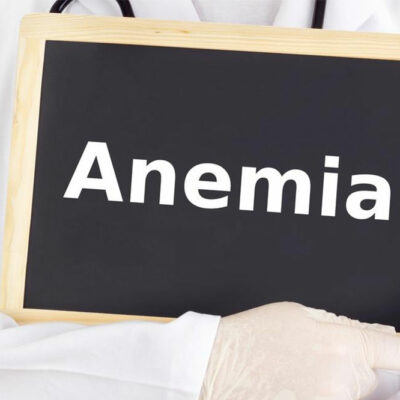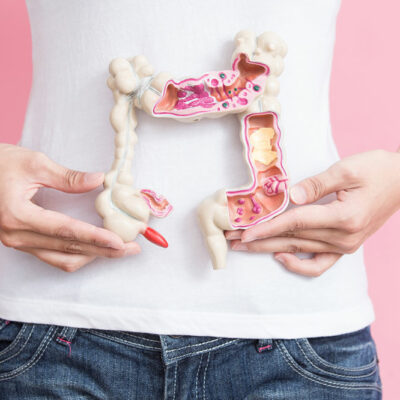
Health
5 Signs of Ovarian Cancer Every Women Should Know
The symptoms of ovarian cancer are more likely to be diagnosed at a later stage because they turn prominent once the disease spreads. The cancerous growth puts pressure on the bladder and uterus, which develops detectable lumps. In some cases, however, the warning signs of ovarian cancer can appear early. These are often misread as signs of other conditions, but medical intervention is necessary if they last for more than a week. Here are some early symptoms of ovarian cancer: Prolonged abdominal pain Pain in the abdomen can be an early warning sign of ovarian cancer and should not be ignored, especially if it lasts for more than 2 weeks. Abdominal pain can be an indicator of metastasis, which means that the disease has spread to other areas too. Tumors can form in the pelvis, bowels, and diaphragm area. Also, ovarian cancer can cause a buildup of fluid in the abdomen, which is known as ascites and causes pain in the upper abdomen. Bloating Feeling bloated all the time is a common and early warning sign of ovarian cancer, and swelling in the stomach can also indicate this disease. Cancer can develop on the outer area of the bowels, impairing bowel functioning.
Read More 















